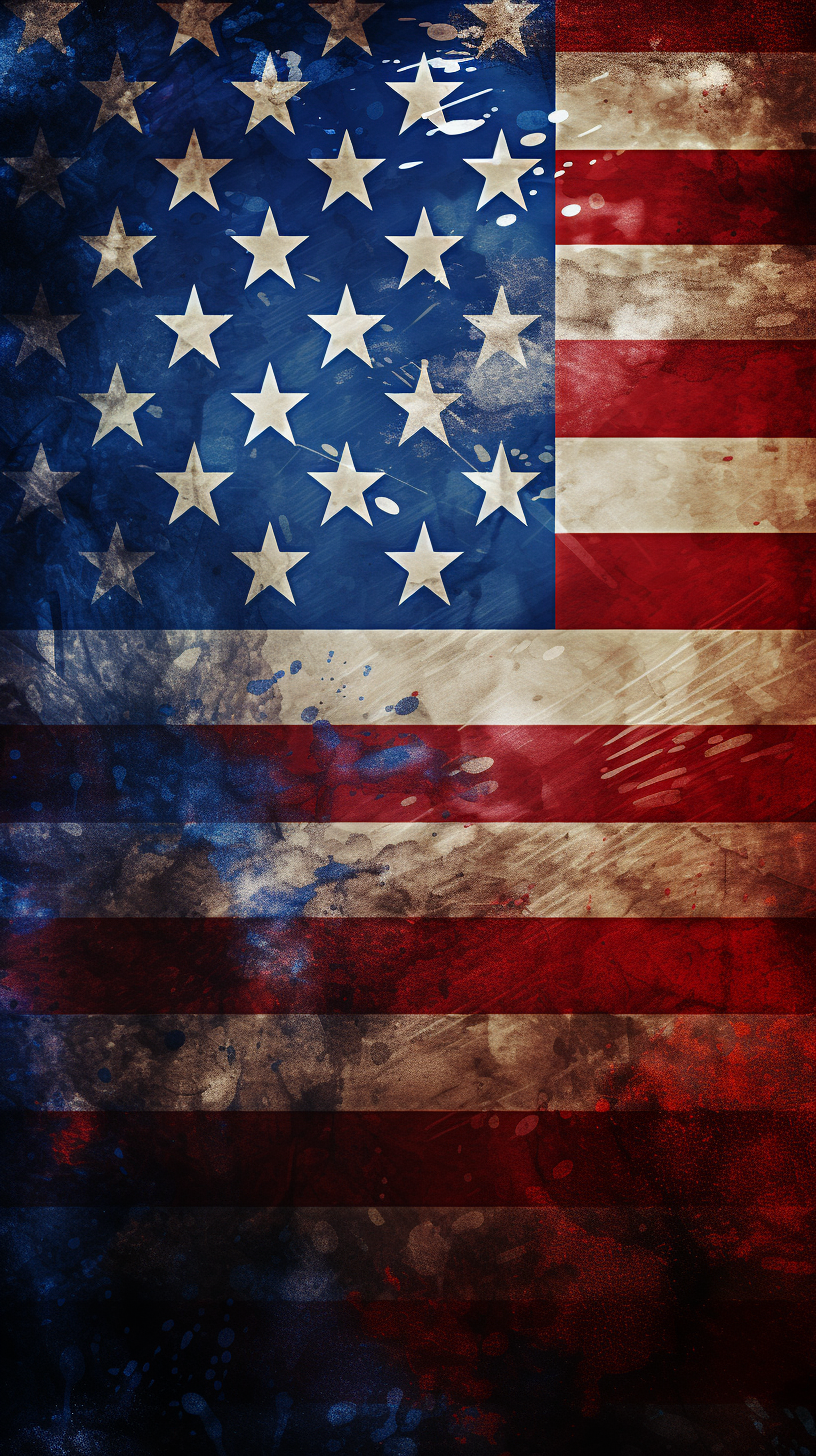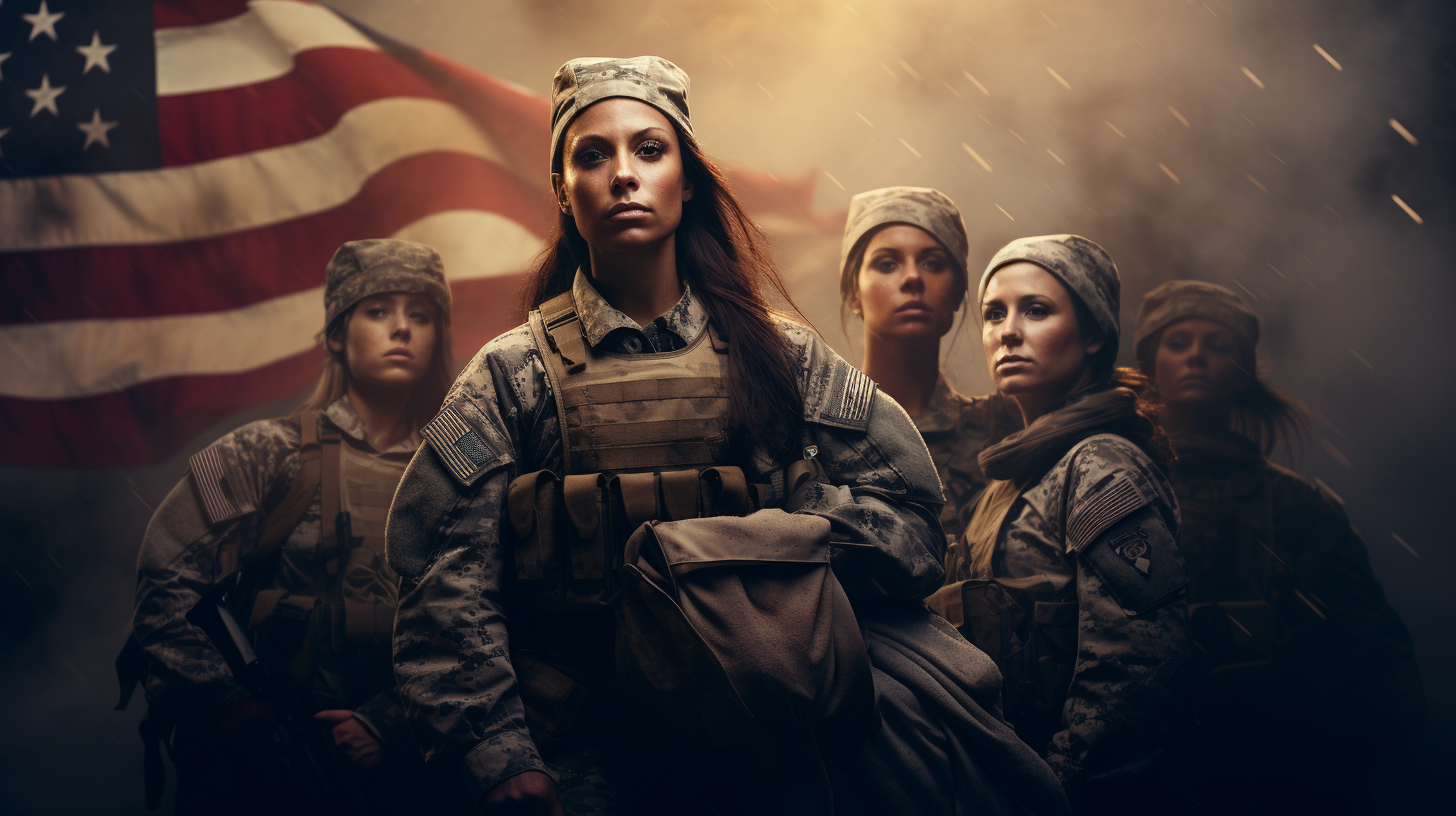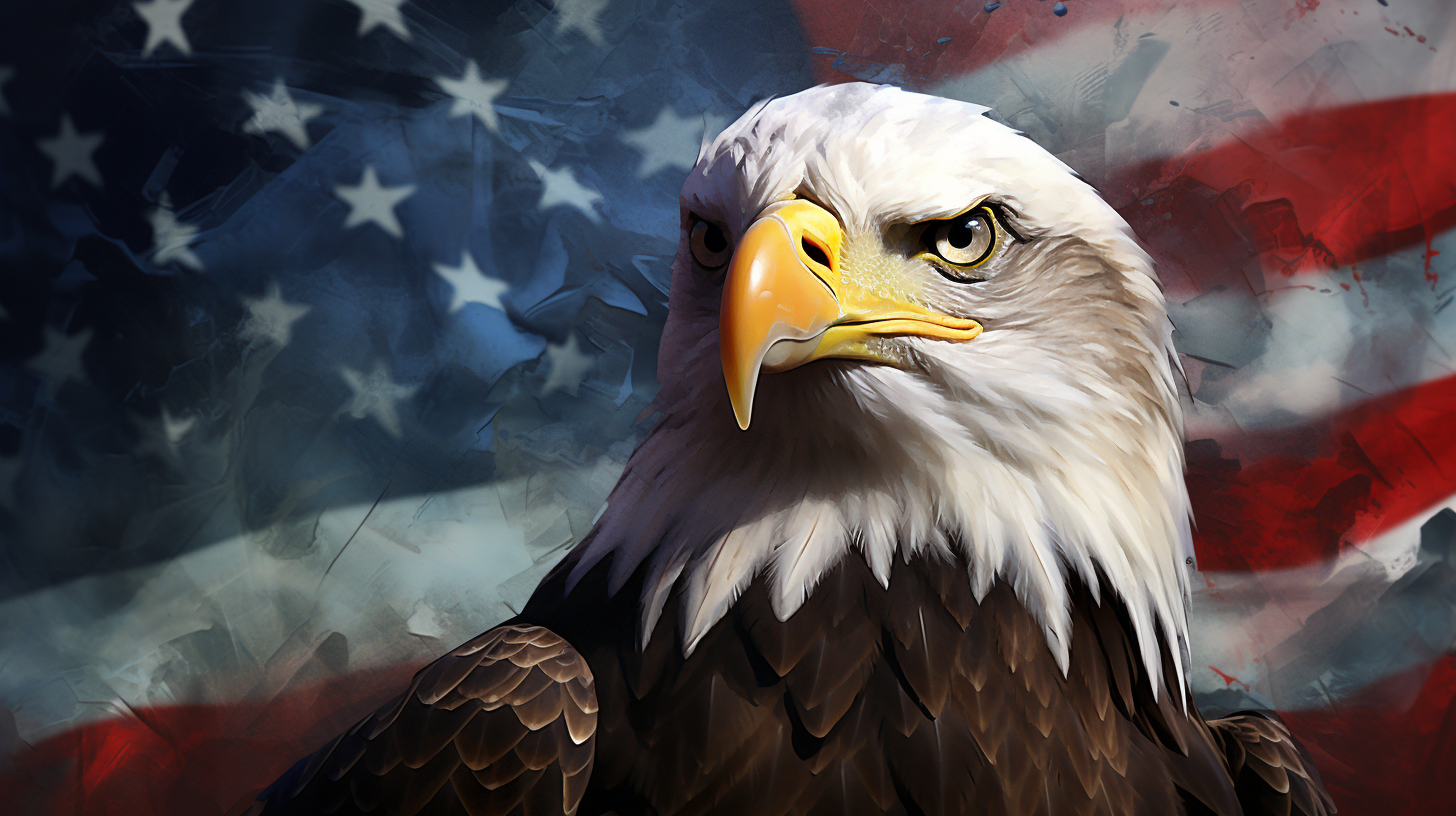
Women Veterans

THE FASTEST GROWING GROUP OF HOMELESS VETERANS ARE WOMEN.
IT IS ESTIMATED 50% OF WOMEN HAVE BEEN SEXUALLY ABUSED IN THE SERVICE.
“THANK YOU FOR YOU SERVICE” RINGS HOLLOW TO A WOMEN WHO WAS SEXUALLY ABUSED WHILE SERVING OUR COUNTRY.
HELP US THANK THESE VETERANS BY DOING SOMETHING SPECIAL FOR AS MANY OF THEM AS POSSIBLE.
Make a donation on our donation page and pass our website link along to your friends and family, encouraging them to make a donation and pass our website link along to their friends and family.

The Mistreatment Of Female Veterans Is Not Just A Women’s Issue
JENNIFER DOLSEN
Nearly 280,000 women have served since 9/11, and almost 9% of those women are unemployed, facing homelessness at twice the rate of non-veteran women. The VA estimates younger female veterans kill themselves 12 times as often as non-veterans, rapidly approaching the male veteran suicide rate.
A survey published last year by Disabled American Veterans offered some insight into why these numbers are so high, despite the major gender shift of post-9/11 veterans engaged in the wars in Iraq and Afghanistan. Female veterans often have higher rates of mental health issues due to trauma-related experiences, more child care responsibilities, and the added stressors that come with a lack of sustainable employment.
Female veterans who develop post-traumatic stress may also face higher rates of heart disease, suggesting that the effects of a traumatic event go far beyond mental health.
Many of these challenges are exacerbated by civilian populations that don’t understand the problems female veterans face specifically. More generally, they fail to understand women’s increasing presence in the military.
“It’s a regular thing to be told I’m too pretty to have served in the military, let alone war,” said a respondent in a recent survey released by the non-profit veterans organization, The Mission Continues. The survey addresses the common perception and misconception of females in the military.
In my own experience, I regularly receive misguided comments about my military service and veteran status: mystified confusion, filled with highly subjective, backhanded compliments on why my physical appearance discredits me as a service member, especially if I deployed to a warzone.
Disbelief that a woman may be a veteran comes in all sorts of unfortunate forms. Just this year, a female Air Force veteran was accused of being a civilian who wrongly parked in a “veterans only” spot at a North Carolina grocery store. A supposed wounded vet signed the note.
“Unfortunately, many communities still do not understand that 15% of our military are women and are not conscious of the women veterans in their midst,” said Blum.
Women have served our country since its beginning. Women were never subjected to the draft; they have always volunteered during wartime. Nearly 10 years ago, Army veteran and author Kayla Williams addressed the issues surrounding the public’s perception of female veterans in her book, “Love My Rifle More than You.” A decade later, servicewomen have excelled in male-dominated career fields, are regularly awarded medals for bravery, and have proven themselves competent in combat zones where they faced the same risks as their male counterparts.
So, how is it still so unbelievable and unexpected among many communities at the possibility of a woman being a veteran?
Journalist Gayle Tzemach Lemmon, who recently wrote a book about a team of servicewomen recruited by special operations to serve on combat missions in Afghanistan, says while a record number of women have been going to war since the Sept. 11 attacks, their war stories have yet to catch up with pop culture. “Pop culture plays a huge part for any kind of change and America listening to the different story,” she told Task & Purpose. Lemmon’s recent article in The Atlantic explores this cultural gap when it comes to women in uniform as reflected in television, movies, and literature. The culture of sexual violence in the military trumps the story of the women serving their country bravely and honorably. As the military grapples with the very real epidemic of sexual violence and harassment in its ranks, women veterans’ active presence down range is rarely seen in the handful of male-dominated, non-fiction war stories from the Iraq and Afghan wars.
“The reality of what it’s like to be a deployed soldier and on the battlefield has not been reflected in the way we see veterans,” said Lemmon. “Between reality and our perception; the reality of women in the military is even further divorced from the American public.”For a country where less than 1% have served in the military, this limited view has consequences in how a society relates and understands its military.
“Whether you’re male or female, transitioning out of the military is challenging,” Lemmon added. “But from what I’ve seen, it’s just that much harder when you’re female. People don’t think you’ve seen combat and that couldn’t be further from the truth in some cases.”An equally sad reality is the dismissive mentality and invisibility women experience at VA centers. On a regular basis, I’m mistaken for a spouse of a male veteran, completely overlooked by healthcare staff, or cut in line by male patients oblivious to my presence. “I have heard many women complain that when they are waiting to be served in line at the VA, the person taking down information will literally look past the woman in line to the men, as though, in their mind, only men are veterans,” said Blum.
“Imagine being a woman who served in the military and needing to see a doctor for a gynecological condition and having to tell that to a man with several men behind listening. Imagine being a woman who was sexually assaulted in the military, feeling vulnerable as she stands in a line full of men, some of whom could be rapists.” Blum added.
Possibly more insulting and humiliating is the higher burden of proof the Veterans Benefits Administration imposes on service members in order to attach military sexual trauma to a claim for disability benefits. According to the administration’s rules, military sexual trauma is not a diagnosis, but rather an “experience” in which post-traumatic stress is the result of military sexual trauma.
For service members managing the effects of unwarranted and unwanted sexual violence and trauma, recent research by the Service Women’s Action Network shows only 32% of military sexual trauma-related post-traumatic stress claims are approved compared to 54% of other post-traumatic stress claims.
Today’s female veterans also experience challenges in reclaiming a sense of self after years spent in uniform. “My transition was similar to any combat veteran’s. I initially found myself in an angry place, trying to integrate myself into a world of non-veterans who had never served in a war.” veteran Amber Robinson told Task & Purpose. “I was angry to hear people complain about mundane things in their lives. Meanwhile, I was comparing everything in my life to war.”
Robinson, a resident of San Diego and a former Army staff sergeant with multiple deployments to Afghanistan, said on top of the struggles to reintegrate, she had to learn to be a woman again after years in male-dominated units. “I had depended on being ‘tough’ and aggressive in the service to get respect. Women in the service don’t realize they essentially learn to operate like a man,” said Robinson, who now is vice president and communications director for the San Diego-based non-profit, American History Theater, which raises awareness of veterans issues, specifically issues affecting female vets.
While being tough and aggressive isn’t exclusive to one gender, they are a few of the characteristics necessary for anyone’s success in the military. Empowerment and support from strong women of all ranks was crucial to my success as a service member. It’s equally crucial to success outside the military.
Relating to other women and men who never served, or have little to no concept of the military, is challenging and often isolating. Even the most supportive and military-minded friends and family can be difficult to connect with. Personally, I was unable to effectively communicate my needs. I didn’t acknowledge and confront any of my combat-related and non-combat-related trauma. As a result I didn’t understand why I wasn’t functioning at my best.
Many veterans experience this hardship. For women, accessing female-specific health care, quality employment, and trauma-informed care come with some challenges when women struggle to even be seen as veterans in communities and aren’t functioning as the competent, highly skilled, and empowered teammates they served as.
“I think women veterans need a visible presence in their communities and a connection to the closest military base and create a liaison between them,” said Blum. “Any woman transitioning out of the military has a support group ready and waiting. That group of women veterans needs to have some kind of community presentation regularly about who they are and the needs of women veterans in the community.”
Depending on where you live and how close you are to a military base, some local outreach programs are meeting the needs of female veterans. Most outreach programs are at the national level, but often partner with local groups to serve veterans in transition.
Service Women’s Action Network aims to reform health care and benefits for women and their families, offering legal services and domestic and sexual violence support. Free, confidential mental health counseling can also be found here.
The non-profit American Women Veterans advocates for awareness of the challenges women face when transitioning from the military offering childcare and housing resources, while Grace After Fire nationally assists with accessing education benefits and military peer networking support.
Volunteers of America offers supportive services and reintegration programs for homeless veterans, with local resources available. Employment opportunities for women can also be found at Hirepurpose, which connects veterans with military-friendly employers and partners. While there are many more organizations available to assist female veterans, the biggest challenge may be taking the first step to reach out for help and support. Like many veterans, the pride felt as a service member is the same pride that may keep them from admitting and recognizing support is needed.
Every veteran transitions on their own terms with varying needs for themselves and their families. So to approach veteran transition issues with one-size-fits-all solutions ignores the diversity of the military community and the unique challenges they face during and after their service.
Women are a valuable part of that diversity that add positive growth and support, and bridge a deeper understanding of our military within the communities they return.
Advocating for female veterans to ensure they are fully recognized and cared for is not just a women’s issue, it’s everyone’s issue.

